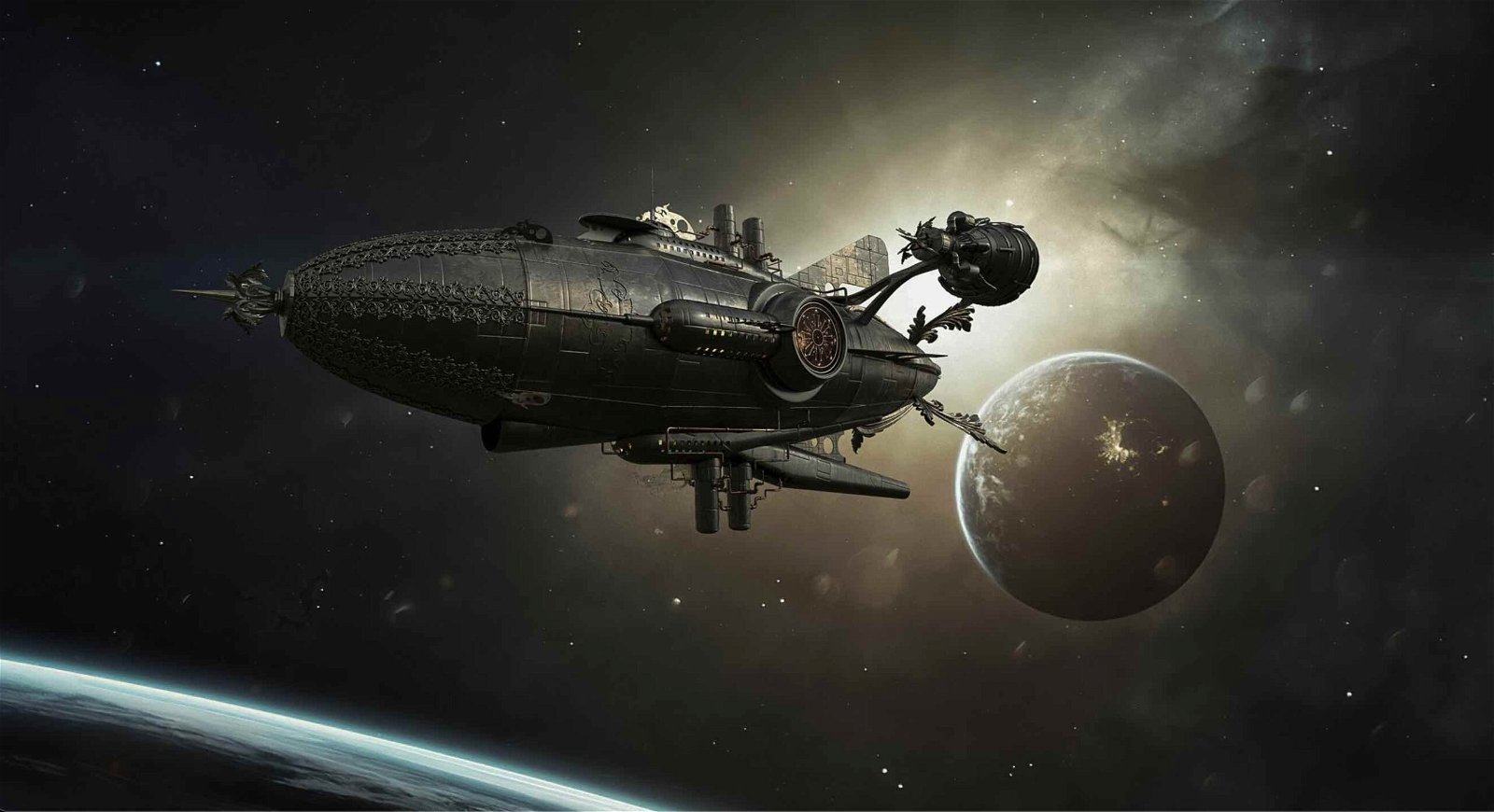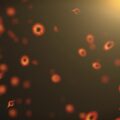A percentage of the white noise on old television sets originates from the cosmic microwave background, left over from the hot dense phase of the early universe that occurred about 400,000 years after the Big Bang.
This cosmic relic is easy to detect. The reason is simple: at long wavelengths, radiation brightness scales with temperature, and room temperature is just a hundred times larger than the microwave background temperature, 2.73 degrees Kelvin above absolute zero.
Another thermal relic, the neutrino background, decoupled from cosmic matter about a second after the Big Bang. At the start of my career in astrophysics, I brainstormed with Glen Starkman on the feasibility of detecting this background and found it daunting. Indeed, 35 years later – this neutrino background was not detected yet, but only constrained indirectly based on the expansion history of the Universe.
Dark matter is even more weakly interacting than neutrinos. Therefore, its particles decoupled thermally from known forms of matter and radiation even earlier than the cosmic neutrino background. Just as with the neutrino background, it is not surprising that we have not directly detected the dark matter particles so far.
Finally, the most weakly interacting particles are gravitons, representing ripples in spacetime – also known as gravitational waves. A year ago, I published a paper with Sunny Vagnozzi on techniques to detect the cosmic graviton background, a possible thermal relic from the Planck time, 10 to the power of –43 of a second after the Big Bang.
However, in a new calculation with Mark Hertzberg, we realized this week that this expectation is only valid for an isotropic universe that expands at the same rate in all directions. Isotropy if often assumed because it simplifies Einstein’s equations of General Relativity. The cosmological solution to Einstein’s equations for an isotropic and homogeneous universe was derived by the Soviet mathematician Alexander Friedmann in 1922, and independently in 1927 by the Belgian priest and astronomer Georges Lemaître, and in 1935–1937 by the American physicist Howard P. Robertson and the British mathematician Arthur Geoffrey Walker.
Mark and I solved Einstein’s equations for the non-isotropic case and found that if the universe expanded differently along different directions, there was not enough time for thermal gravitons to be produced through collisions shortly after the Big Bang. A significant deviation from isotropy is possible at early times because it translates to a negligible deviation at late times and would not be noticed in the cosmic expansion today. Given this insight, one can rule out anisotropy at early times by detecting weakly interacting thermal relics like gravitons, dark matter, or neutrinos.
We should keep in mind that weaker interactions characterize all particles at very high energies. The reason is simple: scattering elementary particles can be used to localize them. In his short PhD thesis from 1924, the French physicist Luis de Broglie associated a wavelength with each particle, equal to Planck’s constant divided by the particle’s momentum. Since waves can be localized at best to their wavelength, the cross-sectional area for collisions of particles cannot be larger than the square of their de Broglie wavelength, establishing the so-called Unitarity Limit.
The cross-section must decline inversely with energy squared. This implies that collisions at the highest imaginable Planck energy, a quadrillion times more than the energy achieved at the Large Hadron Collider at CERN, have an interaction cross-section similar to gravitons, namely the Planck length squared or 10 to the power of -64.5 centimeters squared. At the Planck energy, all particles are as weakly interacting as gravity allows them to be.
The small cross-section requires an enormous luminosity of particles in accelerators that probe collisions at the Planck energy. If aliens wish to test the physics of particle collisions at the Planck energy, they need to harvest luminosities that are up to 26 times larger than the power of the Sun. This nears the absolute limit on any power supply, as it is equal to releasing rest-mass energy over the time it takes light to cross the horizon of a black hole with that mass. This upper limit on the energy release per unit of time equals the speed of light to the 5th power divided by Newton’s constant and is independent of the mass/energy released.
But even at low energies, gravitons or dark matter travel freely through the present-day Universe as well as through Earth, like a hot knife through butter. They resemble other entities that might exist in interstellar space but have a weak effect on our detectors, including alien probes.
Gladly, there is a way out for alien probes. All forms of matter gravitate and gravity cannot be shielded. With future advances in gravitational-wave detectors, it might be possible to detect gravitationally stealth vehicles developed by aliens. The spacetime distortion scales as the dimensionless gravitational potential that the vehicle mass generates at the detector times the square of the ratio between the vehicle velocity and the speed of light. Fast probes, as envisioned by the light sail technology of the Breakthrough Starshot Initiative, for which I chair the scientific advisory board, are the easiest to detect.
“Detecting the undetectable” offers an escape route from the social media culture where strong interactions rule, as exemplified most recently in an exchange by David Grusch and Neil de Grasse Tyson about alien probes, with reference to the Galileo Project that I am leading. To minimize my cross-section for interactions of this type, I have no account on social media.
Tonight, I made an exception and grudgingly agreed to a social dinner with fans at a fancy restaurant since, as invested a large sum of money in coordinating the event. But my new year’s resolution is to focus my attention on scientific research on weakly interacting entities by seeking evidence that does not fall easily into our lap. My take is that extraordinary evidence requires an extraordinary effort. The muted presence of weakly interacting entities is intriguing. Figuring out their nature defines my personal answer to Billie Eilish’s question: “What was I made for?”
In the end, we all become weakly interacting entities as we fade away and die, so we better prepare mentally for this endgame by studying other entities that are all around us but were never noticed.
Avi Loeb is the head of the Galileo Project, founding director of Harvard University’s – Black Hole Initiative, director of the Institute for Theory and Computation at the Harvard-Smithsonian Center for Astrophysics, and the former chair of the astronomy department at Harvard University (2011-2020). He chairs the advisory board for the Breakthrough Starshot project, and is a former member of the President’s Council of Advisors on Science and Technology and a former chair of the Board on Physics and Astronomy of the National Academies. He is the bestselling author of “Extraterrestrial: The First Sign of Intelligent LifeBeyond Earth” and a co-author of the textbook “Life in the Cosmos”, both published in 2021. His new book, titled “Interstellar”, was published in August 2023.

